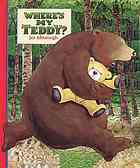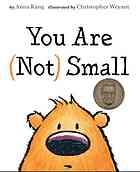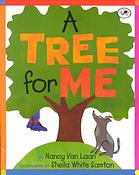My second storytime was all about big things and little things!
Books:
Where’s My Teddy? by Jez Alborough
You Are (Not) Small by Anna Kang
I’m the Biggest Thing in the Ocean by Kevin Sherry
Songs:
My Little Baby by The Jackson 5 (dancing)
Six Little Ducks by Kimbo (motions)
Big Smiles by The Eh Ohs (with shakers)
Action Songs/Rhymes:
This is Big
This is big big big
This is small small small
This is short short short
This is tall tall tall
This is fast fast fast
This is slow slow slow
This is yes yes yes
This is no no no
Little birds, little birds, jump up and down
Little birds, little birds, don’t make a sound
Little birds, little birds, tip-toe to me
Little birds, little birds, bend your knees
Little birds, little birds, peep, peep, peep
Little birds, little birds, sleep, sleep, sleep
Little birds, little birds, fly to the leaves
Little birds, little birds, sit down please
Storytelling with Puppet:
Go Away Big Green Monster
Extra Books:
Little Mouse by Alison Murray
Meeow and the Big Box by Sebastian Braun
How did it go?
This storytime went SO. MUCH. BETTER. than last time! I had twice as many people (a total of 42 for storytime, 40 for playtime). I definitely planned for my time much better, and though at first I was nervous having that many people in the room, everyone was so much more engaged than last time which translated to me being able to forget about my nerves and really get into the storytelling and rhymes. This is still so new to me, but I loved storytime yesterday, and it gives me a lot of hope that I can continue to improve my skills! I think I might actually be excited for next week’s storytime, rather than just nervous 🙂
As far as the content goes, I think the kids were able to understand, specially since I introduced the theme with an elephant puppet and mouse finger puppet. I think Sherry’s and Alborough’s books were the best picks for today – shout out to my coworker who recommended Where’s My Teddy? a half hour before my storytime started (I had originally planned on reading Little Mouse first, but it Where’s My Teddy? was a perfect pick for this theme, and who can resist a bear with his own teddy?). Six Little Ducks was also a ton of fun, as was Little Birds and the big green monster (the kids told me he wasn’t scary, just silly).





